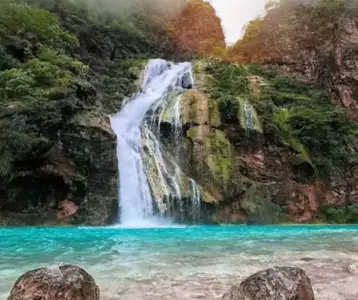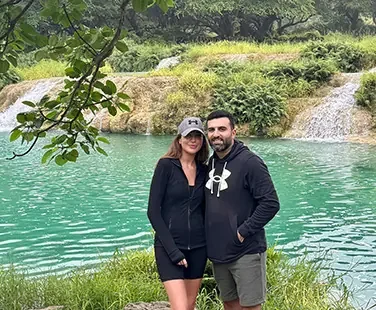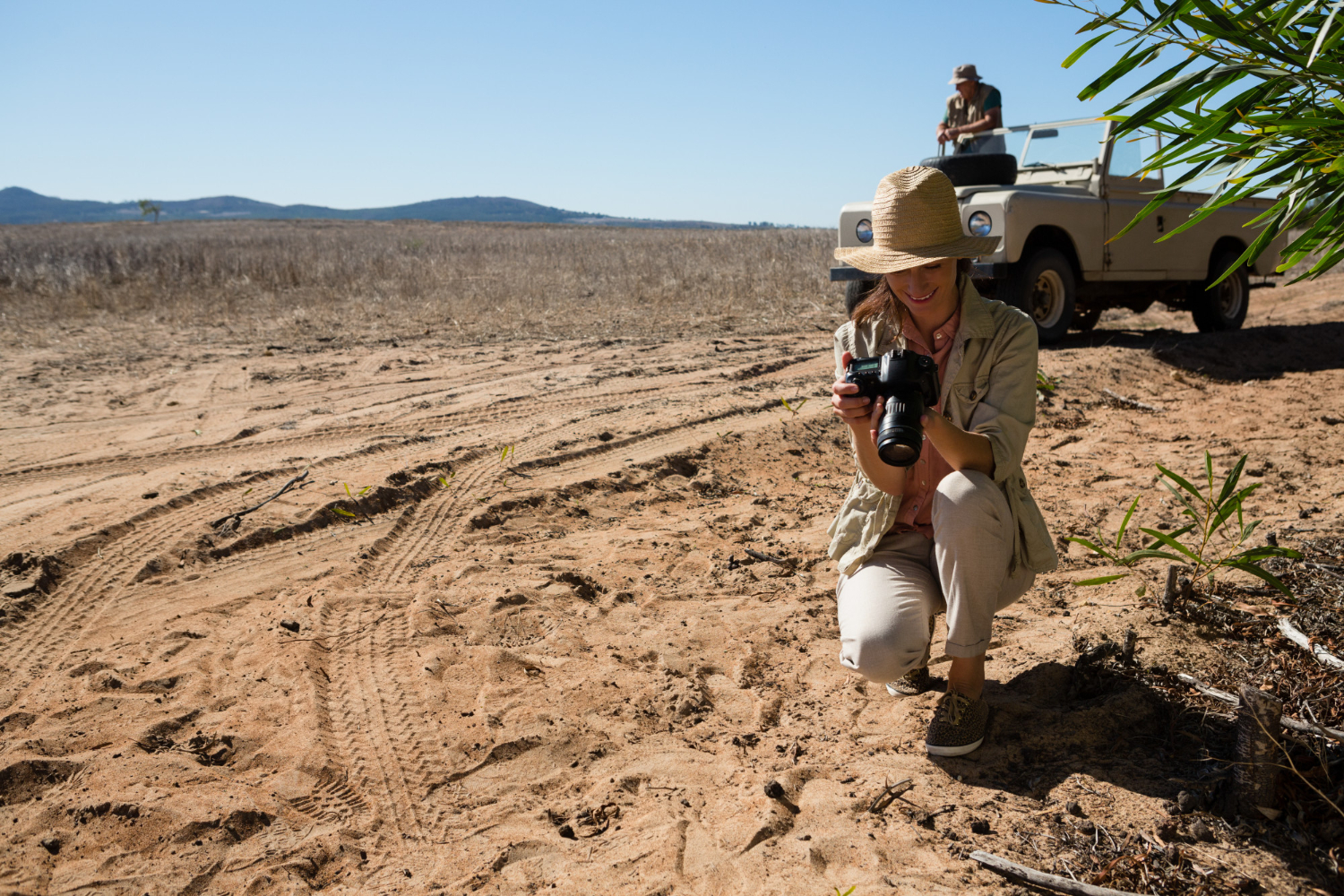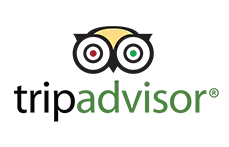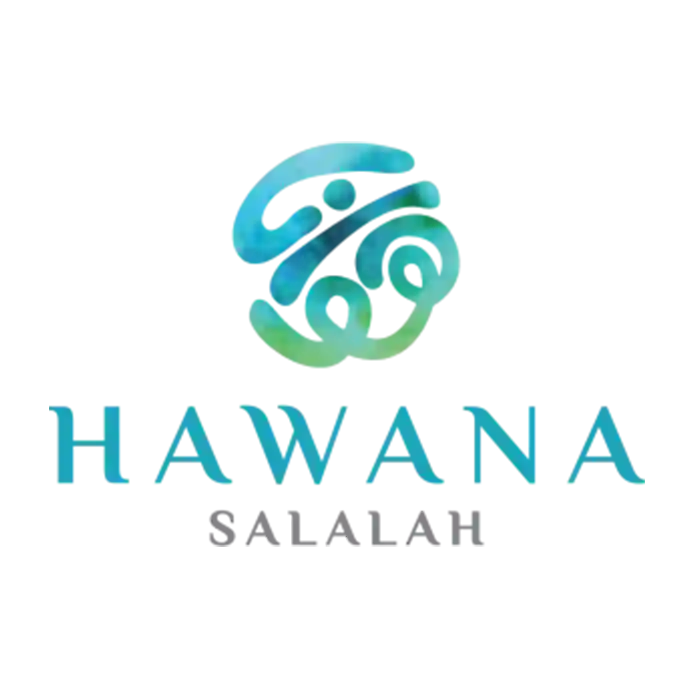All you Know about Sumhuram Archaeological Park
Oman Over 2,000 years ago, the region of Khor Rori in southern Oman was a bustling maritime trade center, playing a pivotal role in the lucrative frankincense trade that connected the ancient world. Today, the remnants of this once-thriving port city lie nestled atop a small hill, overlooking the tranquil waters of the Khor Rori creek – a site known as the Sumhuram Archaeological Park.
A UNESCO World Heritage Gem
In the year 2000, UNESCO recognized the immense historical significance of Sumhuram and its surrounding areas by inscribing them on the prestigious World Heritage List. This esteemed designation was bestowed upon the following sites, all intricately linked to the ancient frankincense trade:
- The Wubar Archaeological Site in Ash Shisr
- The Old City of Sumhuram at Khor Rori
- Al Baleed Archaeological Park
- The Natural Reserve of Wadi Dawkah
This recognition not only highlights the cultural and historical value of these sites but also ensures their preservation for future generations to explore and appreciate.

Unearthing the Remnants of an Ancient Maritime Trade Hub
Excavations at Sumhuram Archaeological Park, which commenced in 1996, have revealed a wealth of archaeological and architectural treasures, offering a captivating glimpse into the city’s rich past. Although the ruins are less extensive than those found at the nearby Al Baleed Archaeological Park, the excavation and restoration efforts have been meticulous, uncovering significant remnants that paint a vivid picture of life in this ancient maritime trade hub.
Among the discoveries are:
- Fortifications: Remnants of sturdy defensive structures that once safeguarded the city from potential threats.
- Temples: Remnants of religious sanctuaries, including the Temple of Sin, dedicated to the Mesopotamian moon god, which stands as one of the most prominent and well-preserved structures within the city walls.
- Residences: Foundations of residential dwellings that once housed the city’s inhabitants.
- Frankincense Storage Rooms: Specialized chambers designed to store the precious frankincense resin, a commodity that fueled the city’s economic prosperity.
- Public and Private Buildings: Remnants of structures that served various purposes, both within and beyond the city’s fortified walls.
Artifacts that Unveil the Past
In addition to the architectural remains, the excavations at Sumhuram Archaeological Park have yielded a remarkable collection of artifacts that offer invaluable insights into the daily lives and cultural practices of the city’s ancient inhabitants. These discoveries include:
- Limestone Inscriptions: Carved inscriptions that provide valuable historical information and shed light on the city’s origins and development.
- Incense Burners: Intricate vessels used for burning frankincense, a ritual practice deeply rooted in the region’s cultural traditions.
- Coral and Shell Oil Lamps: Ingenious lighting devices crafted from natural materials, showcasing the resourcefulness of the ancient inhabitants.
- Pottery: A diverse array of pottery pieces, ranging from utilitarian vessels to ornate decorative pieces, reflecting the artistic and functional aspects of daily life.
- Mortar and Basins: Implements used for grinding and storing various substances, offering glimpses into ancient culinary and domestic practices.
- Fishing Tools: Evidence of the city’s connection to the sea and the importance of fishing as a source of sustenance.
- Women’s Ornaments: Intricate beaded necklaces, shell pendants, and metal adornments that provide insights into ancient fashion and personal adornment.
- Coins: Numismatic artifacts that shed light on the city’s economic activities and trade connections.

Exploring the Sumhuram Archaeological Park
Visitors to the Sumhuram Archaeological Park can immerse themselves in the rich tapestry of history that unfolds within its boundaries. The site is open daily from 8 am to 8 pm, allowing ample time to explore the ruins and appreciate the meticulous restoration efforts.
A nominal entrance fee is charged, which varies based on the type of vehicle used to access the site. This fee grants access not only to the open-air archaeological site but also to the on-site indoor gallery, where many of the artifacts discovered during the excavations are showcased.
Uncovering the Origins and Evolution of Sumhuram
The region of Khor Rori, where Sumhuram Archaeological Park is located, was first documented in the late 19th century by the explorer James Theodore Bent during his travels through southern Arabia. Historical evidence suggests that Khor Rori, along with the nearby city of Zafar, played a pivotal role in the international frankincense trade network, serving as one of the most important ports in the region.
Initially, Khor Rori was an ancient archaeological site near the city of Salalah. However, during the late first century BCE, it was fortified and established as an outpost for the Kingdom of Hadhramaut, a region known for its abundant frankincense resources. As the demand for frankincense grew in the ancient world, the area was strategically fortified by Hadramite traders from Yemen to control and facilitate the trade of this valuable commodity.
Over time, Khor Rori evolved from a fortified outpost into a thriving city, reaching its zenith during the first century CE. The city’s strategic location and its role in the frankincense trade network contributed significantly to its prosperity and growth.

The Architectural Marvels of Sumhuram
One of the most remarkable aspects of the Sumhuram Archaeological Park is the architectural prowess displayed in the remnants of the ancient city. Despite the ravages of time, the ruins offer a glimpse into the sophisticated urban planning and construction techniques employed by the city’s builders.
- City Walls and Fortifications: The city was enclosed by formidable walls crafted from roughly hewn limestone slabs, providing a robust defense against potential threats. The main entrance to the city was guarded by a small gateway adorned with intricate inscriptions carved in the ancient South Arabic Musnad alphabet, commemorating the city’s foundation.
- Residential and Commercial Areas: Within the city walls, a well-organized layout emerges, with distinct residential and commercial districts. Tightly packed small buildings, remnants of which still stand, offer a glimpse into the city’s bustling urban fabric.
- The Temple of Sin: One of the most prominent structures within the city is the Temple of Sin, dedicated to the Mesopotamian moon god. This temple, located against the city’s northwestern wall, features finely carved ritual implements, including a limestone basin in the ablution room, hinting at the religious practices of the ancient inhabitants.
- Monumental Buildings: Near the city’s center, the remnants of a monumental building stand as a testament to the architectural ambitions of the ancient builders. Nearby, a primary freshwater reservoir and well highlight the city’s advanced water management systems.
- Sea Gate: A small gate at the rear of the city provided direct access to the waters below, facilitating the transportation of goods to and from the boats that plied the ancient maritime trade routes.
The Strategic Importance of Sumhuram
Sumhuram’s strategic location played a pivotal role in its rise as a prominent maritime trade hub. Situated along the ancient frankincense trade routes that connected the Arabian Peninsula with the Mediterranean region and beyond, the city served as a vital link in the distribution of this precious commodity.
The demand for frankincense, a highly valued resin used in religious ceremonies, perfumes, and medicinal preparations, fueled the growth of trade networks throughout the ancient world. Sumhuram’s position as a key port along these routes allowed it to capitalize on this lucrative trade, facilitating the exchange of goods and cultural influences with distant civilizations.
Life in the Ancient Maritime Trade Hub
While the archaeological remains and artifacts provide invaluable insights into the physical aspects of Sumhuram, they also offer tantalizing glimpses into the daily lives of its inhabitants. The city’s prosperity and strategic location attracted a diverse population, creating a vibrant and cosmopolitan environment.
- Maritime Activities: As a port city, Sumhuram’s economy was intrinsically linked to maritime activities. Fishing tools and remnants of boat-building facilities suggest that the city’s inhabitants were skilled seafarers, engaging in fishing, trade, and exploration along the ancient maritime routes.
- Frankincense Trade: The city’s primary economic driver was the trade of frankincense, a valuable commodity that was highly sought after throughout the ancient world. Specialized storage rooms and the presence of incense burners highlight the significance of this trade and the associated rituals and practices.
- Craftsmanship and Artistry: The diverse array of pottery, ornaments, and decorative objects found at the site attest to the skilled craftsmanship of the city’s artisans. These artifacts not only reflect the artistic expression of the inhabitants but also provide insights into their aesthetic sensibilities and cultural traditions.
- Culinary Practices: Implements such as mortars and basins offer glimpses into the culinary practices of the ancient inhabitants, hinting at the preparation of various dishes and the use of local ingredients.
- Religious and Cultural Traditions: The presence of temples and ritual objects, such as incense burners and inscriptions, suggests that religious and cultural traditions played a significant role in the lives of the people of Sumhuram. These practices were likely influenced by the diverse cultures that intersected within the city’s walls.
Preserving the Legacy of Sumhuram
The Sumhuram Archaeological Park stands as a testament to the rich cultural heritage of Oman and the ancient maritime trade networks that once connected distant civilizations. Ongoing efforts by archaeologists, historians, and local authorities aim to preserve and protect this remarkable site, ensuring that its legacy is passed down to future generations.
Through meticulous excavations, careful restoration, and the establishment of educational programs and exhibits, the Sumhuram Archaeological Park continues to reveal the secrets of this ancient maritime trade hub, offering visitors a captivating journey through time and a deeper appreciation for the cultural and historical significance of this remarkable region.




